Neurosurgery
- identification of the neoplasm location
- trajectory guidance for hematoma puncture
- positioning that takes into account functionally significant areas of the brain
About autoplan
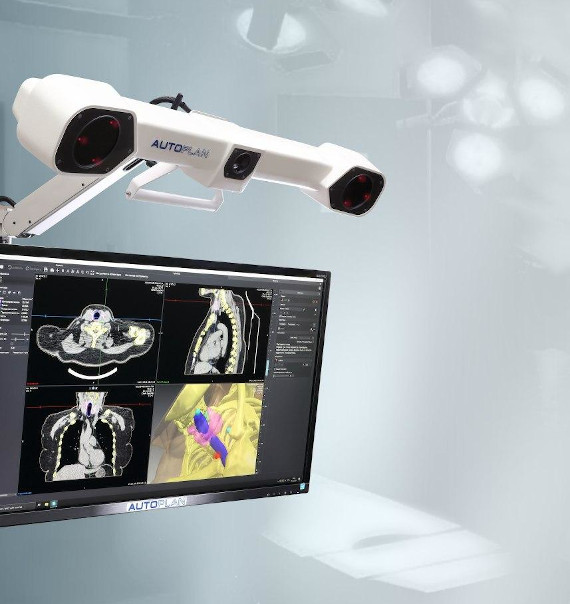
The AUTOPLAN surgical navigation system (RU RZN 2019/8153 of 28.05.2019) belongs to high-tech medical care equipment.
It is based on the principle of infrared tracking, which has no negative impact on the medical staff or the patient.
Innovative navigation and intraoperative imaging technology helps surgeons effectively plan and perform operations with extreme accuracy. The intuitive interface helps accelerate the processes in the operating room.
The system allows the surgeon to continuously monitor surgical instruments in relation to the patient’s anatomical structures, avoiding damage to functionally significant areas and to display them in real time on the monitor screen.
The system is designed for clinical and diagnostic centers, hospitals and other healthcare institutions.
The composition of the complex
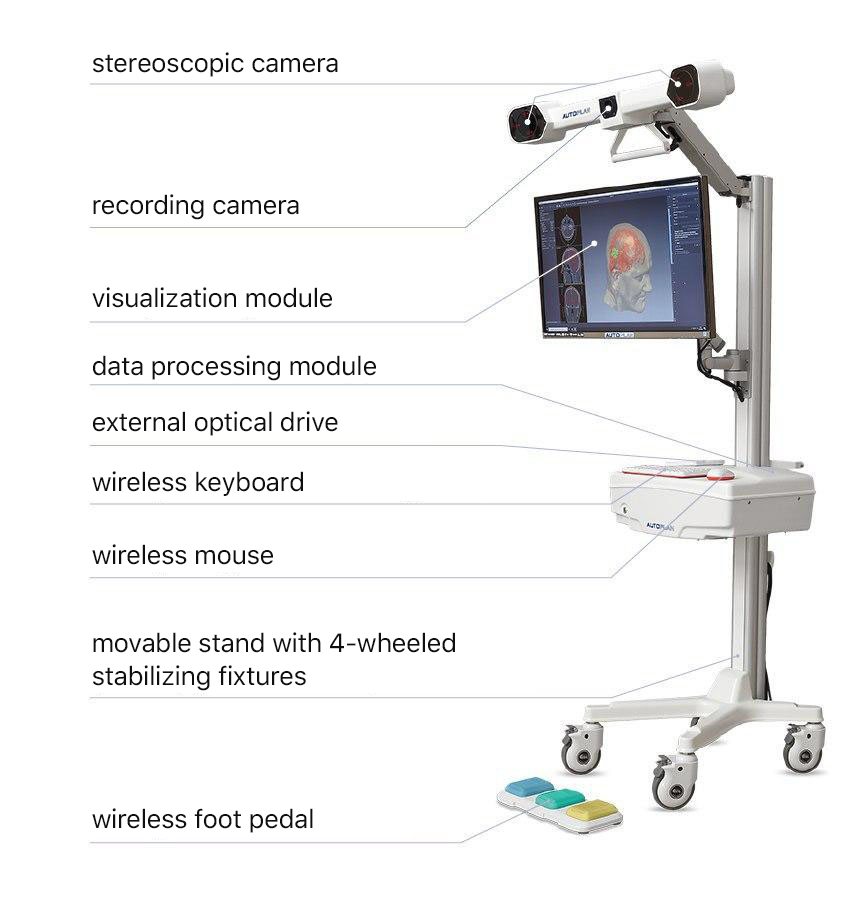
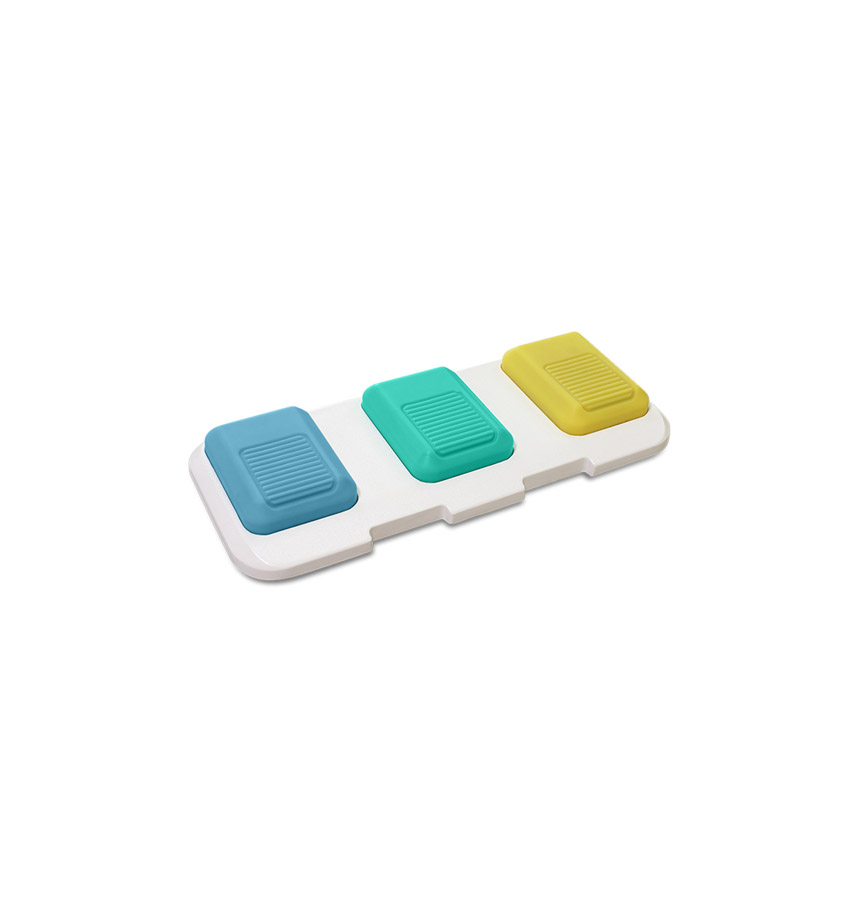
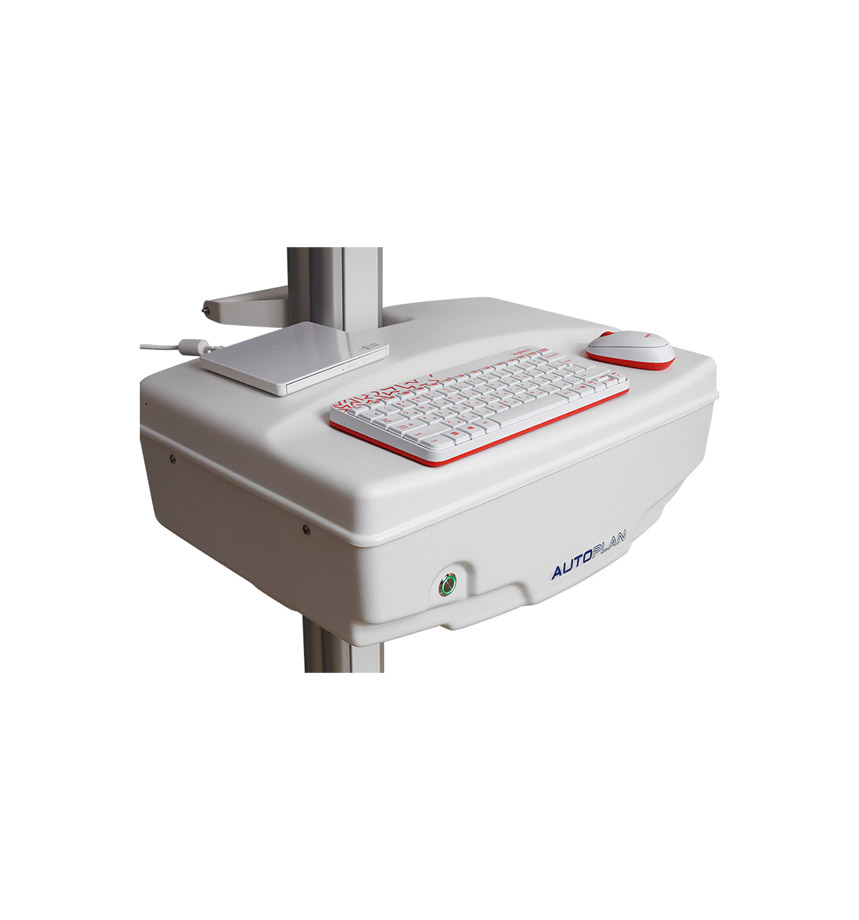
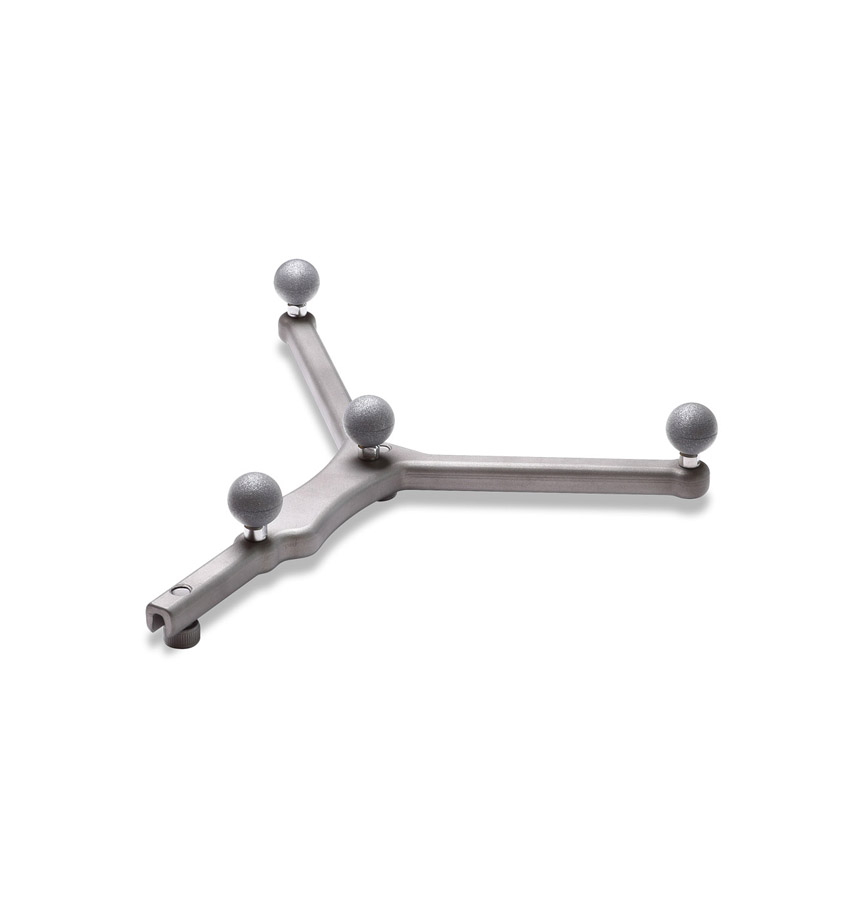
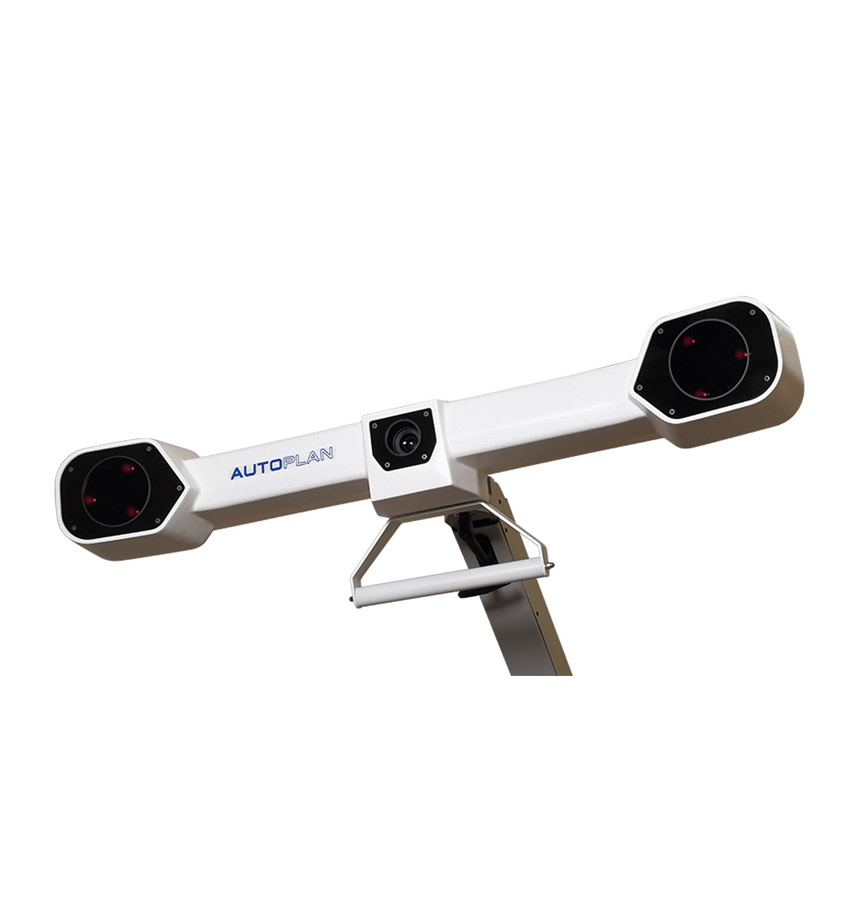
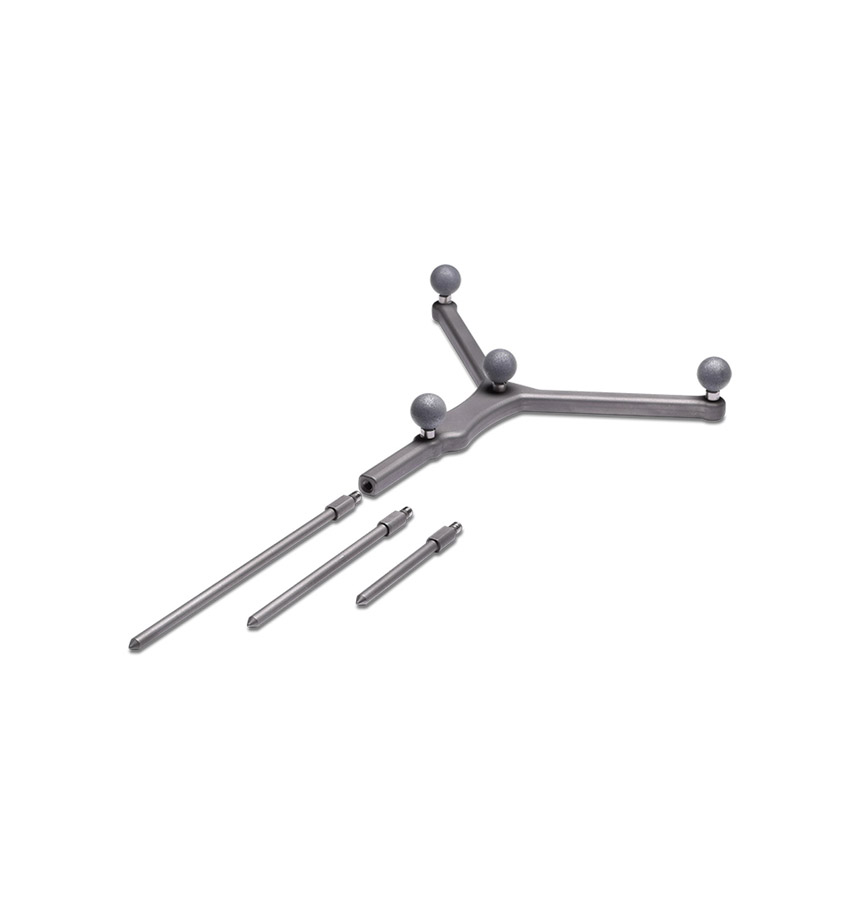

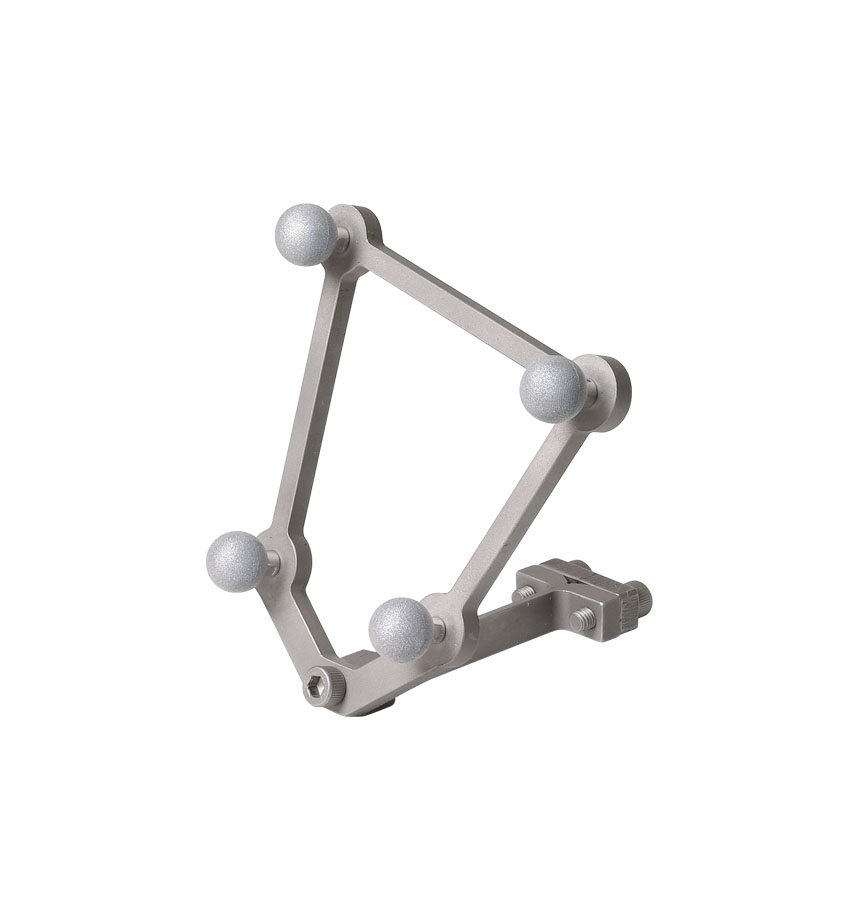
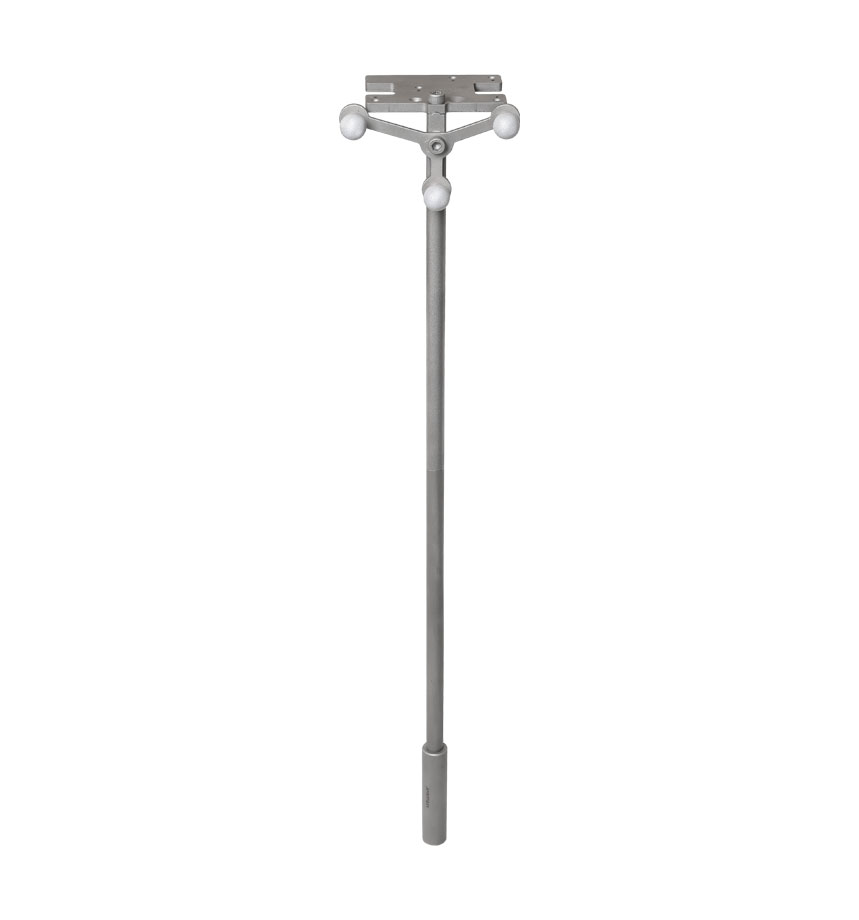
The AUTOPLAN stand is easy to move — it has four wheels, brake clamps on each of the wheels make it possible to securely fix the position of AUTOPLAN in the operating room.
It is possible to flexibly integrate the system into the operating room, taking into account its characteristics, including the possibility to remove the stereo camera from the AUTOPLAN rack and fix it separately.
The adjustment of the stereo camera can be performed by AUTOPLAN specialists or by specially trained service engineers of a medical institution.
Working with the system
Based on CT and/or MRI scan data the relevant anatomical structures are contoured (segmented) and personalized 3D models are built.
Data visualization using three-dimensional modeling allows a surgeon to plan a surgical intervention, form a detailed plan of the operation, outline the surgical trajectory and calculate its length.
The work of the navigation system begins with the registration procedure, i.e. combining a real object with a personalized 3D model. The movement of the pointer on the 3D model and on a cross sections corresponds to the real movement of the navigation pointer in space.
The surgeon uses wireless pedals to switch between navigation modes.
At any stage of the operation, an intraoperative control of the surgical intervention, clarification and correction of the direction is performed with the help of a navigation pointer.
The AUTOPLAN system allows the surgeon to determine the shortest distance from the tip of the navigation pointer to a relevant anatomical structure.






Reviews
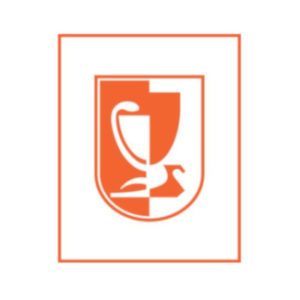
AUTOPLAN surgical navigation system allows you to have access to a relevant section of the brain in a safest, least traumatic way, the system has submilllimeter accuracy. While using the system the surgeon has precise orientation in relation to spcific anatomical structures of a patient and is able to track changes to the normal anatomy happening under the influence of expansive processes. The surgical navigation system AUTOPLAN is easy to use, but is also reliable, which means that any specialist can operate the system without having special technical knowledge.
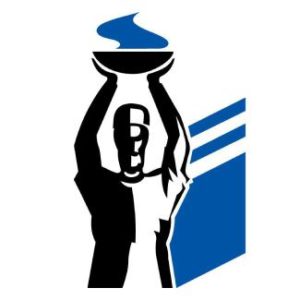
The navigation system made it possible to reduce the operation time. Extra precision and highly detailed presentation of the affected anatomical structures allowed the surgeons to perform technically complex surgical manipulations. Prepoerative planning – visualization of thyroid and parathyroid, thrachea, esophagus and bone structure – allow surgeons to prepare a more detailed operation plan.
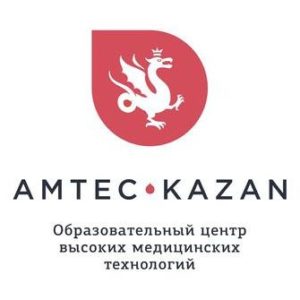
The system of surgical navigation was deployed to contol endoscopic access along intranasal markers – structures of the nasal cavity and the skull base. The operating surgeons and lecturers noted that while being deployed the system demonstrated reliability, stability and enough precision for this kind of surgical intervention.

Data visualization allows medical personnel not only to preplan a surgical intervention in detail, but correct the course of the operation taking the available data into consideration, which helps greatly reduce the time of intervention. In this way tumor removal, abscess and brain hematoma removal operations were performed, as well as installation of transpedicular spinal constructions.

AUTOPLAN allows you to quickly and precisely localize the relevant structures and choose the best way of conducting a surgical intervention, while at the same time reducing the risk of damage to healthy tissues. For particular categories of patients the AUTOPLAN navigation system is a prerequisite of surgery, as it allows to perform technically complex operations with maximum precision and makes it possible for a surgeon to prepare a detailed plant of surgical invervention.
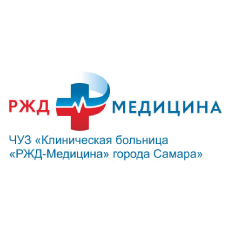
Deploying the AUTOPLAN navigation system while operating on thyroid and parathyroid considerably enhances the precision of a surgeon’s actions, while allowing to reduce damage to healthy tissues and leave vitally important structures untouched. Visualization of nonspecific location of damaged areas allows a surgeon to plan a surgical invervention and increase its precision, while reducing the required time.
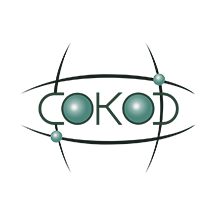
With the help of the AUTOPLAN system we were able to optimize the time required for operations, considerably minimize postoperative haemorrhage and lower the pain syndrome on the visual-analog scale. Additional precision and highly detailed presentation of altered anatomical structures allowed the surgeons to perform tecnically complex interventions.
We were also able to coordinate preoperative planning work between surgical and X-ray departments, develop segmentation of tendons and bone fragment bands, while performing endoprosthetic surgery using biocompatible non-uniform implants.

AUTOPLAN surgical navigation system allows you to have access to a relevant section of the brain in a safest, least traumatic way, the system has submilllimeter accuracy. While using the system the surgeon has precise orientation in relation to spcific anatomical structures of a patient and is able to track changes to the normal anatomy happening under the influence of expansive processes. The surgical navigation system AUTOPLAN is easy to use, but is also reliable, which means that any specialist can operate the system without having special technical knowledge.

The navigation system made it possible to reduce the operation time. Extra precision and highly detailed presentation of the affected anatomical structures allowed the surgeons to perform technically complex surgical manipulations. Prepoerative planning – visualization of thyroid and parathyroid, thrachea, esophagus and bone structure – allow surgeons to prepare a more detailed operation plan.

The system of surgical navigation was deployed to contol endoscopic access along intranasal markers – structures of the nasal cavity and the skull base. The operating surgeons and lecturers noted that while being deployed the system demonstrated reliability, stability and enough precision for this kind of surgical intervention.

Data visualization allows medical personnel not only to preplan a surgical intervention in detail, but correct the course of the operation taking the available data into consideration, which helps greatly reduce the time of intervention. In this way tumor removal, abscess and brain hematoma removal operations were performed, as well as installation of transpedicular spinal constructions.

AUTOPLAN allows you to quickly and precisely localize the relevant structures and choose the best way of conducting a surgical intervention, while at the same time reducing the risk of damage to healthy tissues. For particular categories of patients the AUTOPLAN navigation system is a prerequisite of surgery, as it allows to perform technically complex operations with maximum precision and makes it possible for a surgeon to prepare a detailed plant of surgical invervention.

Deploying the AUTOPLAN navigation system while operating on thyroid and parathyroid considerably enhances the precision of a surgeon’s actions, while allowing to reduce damage to healthy tissues and leave vitally important structures untouched. Visualization of nonspecific location of damaged areas allows a surgeon to plan a surgical invervention and increase its precision, while reducing the required time.

With the help of the AUTOPLAN system we were able to optimize the time required for operations, considerably minimize postoperative haemorrhage and lower the pain syndrome on the visual-analog scale. Additional precision and highly detailed presentation of altered anatomical structures allowed the surgeons to perform tecnically complex interventions.
We were also able to coordinate preoperative planning work between surgical and X-ray departments, develop segmentation of tendons and bone fragment bands, while performing endoprosthetic surgery using biocompatible non-uniform implants.
Media
Fill out an application form for a consultation and our specialists will answer all your questions
Our developments